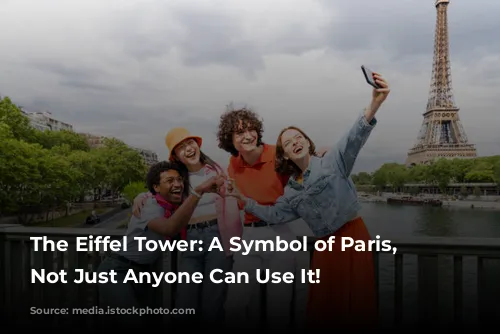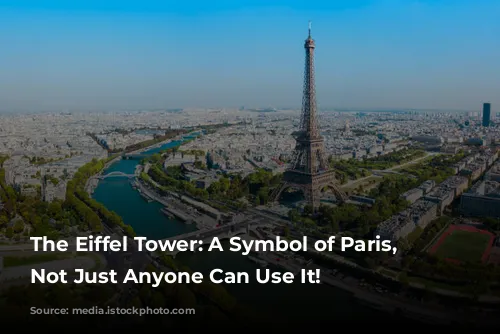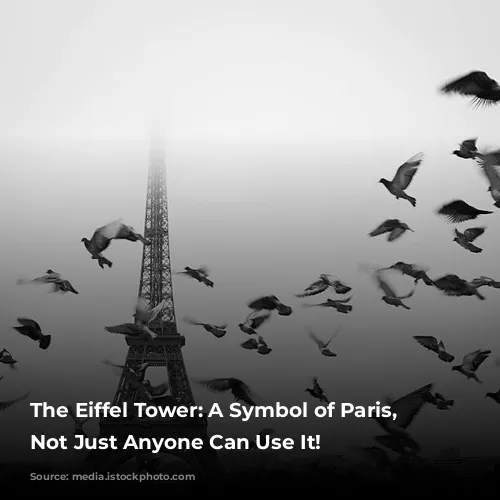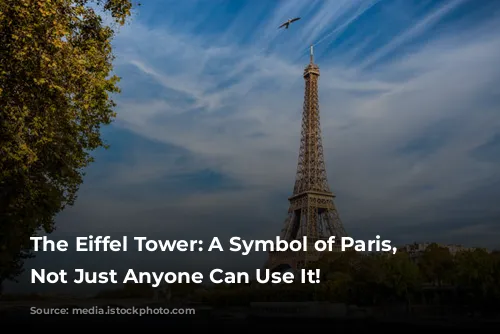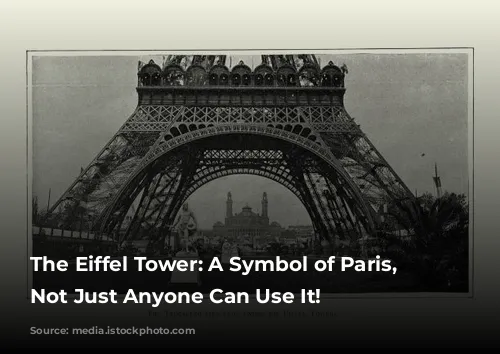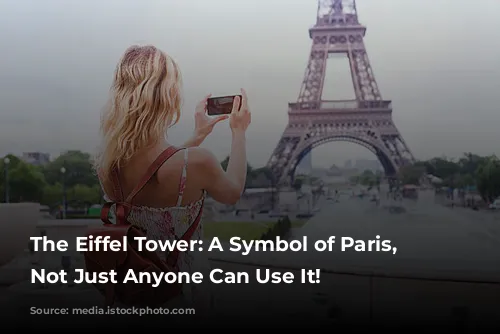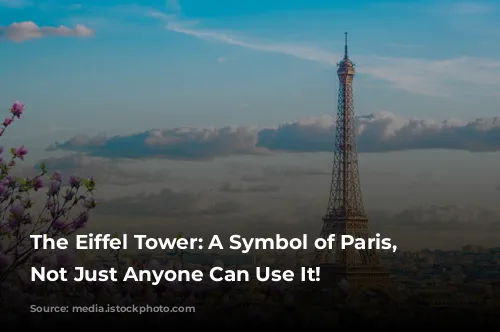The Eiffel Tower, a towering testament to Parisian grandeur, is more than just a magnificent structure. It’s a symbol of France itself, instantly recognized across the globe. Its name alone conjures up images of romance, history, and architectural brilliance, inspiring countless artists and filmmakers to capture its beauty.
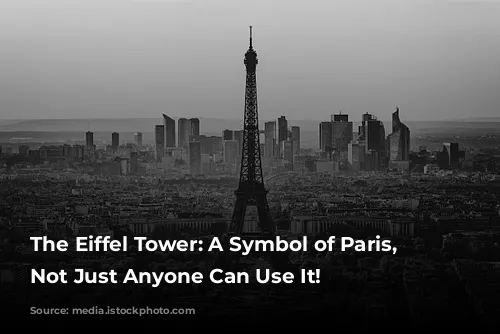
Beyond the Monument: Using the Eiffel Tower in Your Work
The Eiffel Tower’s allure extends beyond its physical presence. It’s a popular subject for photography, paintings, and even interactive projects. The tower’s image appears on everything from souvenirs to clothing, a testament to its enduring charm.
But using the Eiffel Tower’s image or name isn’t always a simple matter. The management team, SETE, has established guidelines for using this iconic symbol in different contexts.
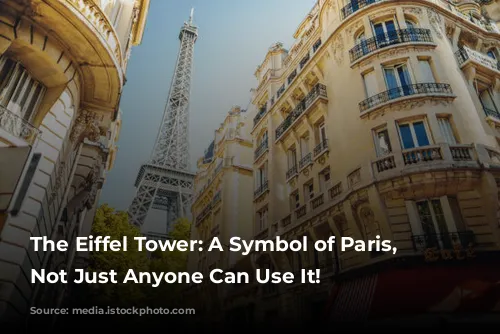
Filming the Eiffel Tower: Behind the Scenes
If you’re a filmmaker or journalist, you’ll need to understand the rules for capturing the Eiffel Tower on film. Filming is possible both during the day and at night, with specific considerations for each.
Daytime filming is generally more flexible, allowing you to showcase the tower’s grandeur without disrupting its daily operations. However, nighttime filming requires special authorization due to the tower’s protected illuminations.
Here are some specific points to consider:
- Filming Location: Daytime filming can often be arranged away from crowds to ensure smooth operations. However, nighttime filming requires prior authorization from SETE, which will review your project and determine the feasibility.
- Accessibility: You’ll have access to various areas, including the forecourt, floors, and even areas not open to the public, but these require pre-approval.
- Technical Solutions: A dedicated team will help ensure your project’s technical requirements align with the tower’s specifications.
- Illuminations: While the default illumination schedule is maintained, extensions can be considered based on your project’s needs.
- Transportation: Vehicle parking for unloading is available on Avenue Gustave Eiffel, but cars must be promptly moved afterwards.
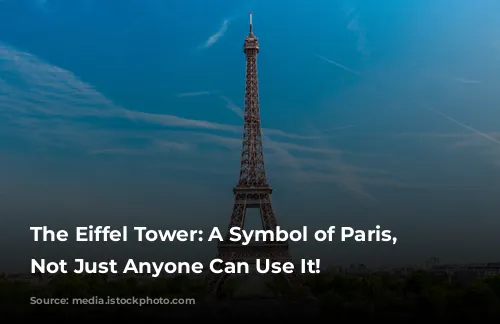
Using the Eiffel Tower Image: Day vs. Night
The Eiffel Tower’s image during the day falls within the public domain, meaning you can freely use it for most purposes without prior authorization.
However, the Eiffel Tower’s nighttime illuminations are protected, and their use requires authorization from SETE. This is due to the artistic and technical value of these illuminations, which contribute to the tower’s magical nighttime presence.
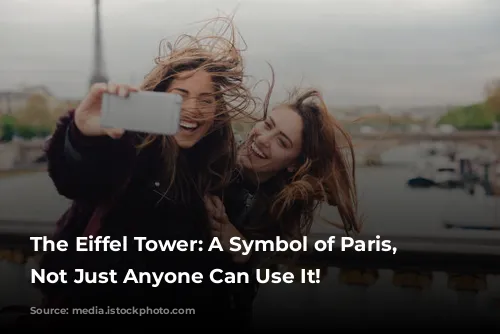
Using the Eiffel Tower Brand: Protect the Symbol
The Eiffel Tower’s name is also a registered trademark, meaning its use for commercial purposes needs special approval. This ensures the iconic symbol is represented responsibly and maintains its high standard.
If you’re interested in using the Eiffel Tower’s brand, you’ll need to contact SETE for a licensing agreement. This process is handled on a case-by-case basis, considering the specific use of the brand and its potential impact.
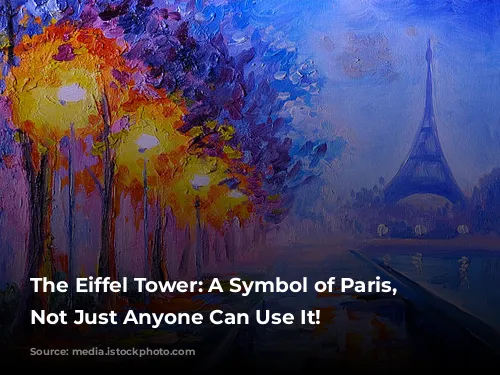
Remember the Rules: Respect the Eiffel Tower’s Legacy
Whether you’re a filmmaker, a photographer, or simply a fan of the Eiffel Tower, understanding these guidelines helps ensure that its image and brand are used respectfully and responsibly. After all, the Eiffel Tower is not just a structure; it’s a symbol of Parisian charm and French heritage, and we want to keep it that way.
